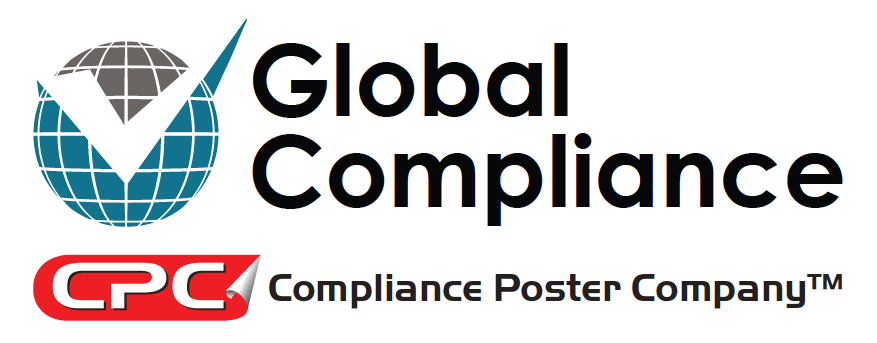The U.S. Occupational Safety and Health Administration (OSHA) has been regulating workplace conditions for decades — complete with random inspections. But for all of those decades, there has been a debate over how all of these regulations and inspections affect businesses. Is the cost of compliance too high for some companies to bear?
According to the results of a new study, no.
The study looked at OSHA’s random inspections and whether or not they led to burdensome additional expenses for the companies involved. After all, if companies can’t afford to pay for the aftermath of a subpar inspection, employees could get laid off.
Luckily, the study showed that random safety inspections do exactly what they’re supposed to do — make workplaces safer, without sending companies into financial meltdowns.
In fact, the study was so conclusive that some scientists say it could actually be a model for testing when future regulations are passed, because it relied on a random, controlled study design — something that completely eliminates subjectivity. After all, much of the criticism surrounding new government regulations comes from people who say there isn’t enough objective evidence to support the changes.
So, how exactly did this study work?
Michael Toffel, an environmental management expert at Harvard Business School, teamed up with University of California at Berkley economist David Levine and Boston University economist Matthew Johnson. Together, the three men analyzed random inspections done by the California Division of Occupational Safety and Health, from 1996 to 2006. Additionally, the three men looked for similar companies that were eligible for random inspections during the same time frame — but never actually went through one. They wound up with 409 pairs of inspected and uninspected companies, most of which were in the “fabricated metal”, wood, or food product industries.
“The work is unusual in the strength of the study design,” says Jon Baron, president of the Washington, D.C.-based Coalition for Evidence-Based Policy — a nonprofit, nonpartisan group that seeks to increase government’s effectiveness based on rigorous evidence about what actually works.
Once they established their pairs, the three men looked at workers’ compensation claims for both companies over an 8-year period — 4 years before the random inspection and 4 years after the random inspection. That way, they could see if the inspection itself led to a decrease in workplace injuries.
The result?
Companies that had gone through the random inspections saw a 9% decrease in workplace injuries. And, in instances where injuries did occur, the cost of those injuries — including medical bills and missed time from work — fell 26%.
But what about people who argue that injury rates eventually go back up after random inspections are done?
After the study was finished, Toffel addressed that by saying that any increases could come from a random inspection that turns up incomplete reporting and record-keeping. If a company is forced to document injuries better, more of them are going to be reported. According to Toffel, that doesn’t mean there were more injuries — just that there’s more documentation.
And, in any event, this study saw injury rates go down after random inspections — even years later.
OK, so employees wound up working in safer environments after OSHA came in and did random inspections. But what about the other side of the coin? What happened to companies’ financial situations? Were they affected by the random inspections?
In order to answer those questions, the three men analyzed each company’s financial circumstances with data gathered by Standard & Poor’s. According to their research, the random investigations had no effect on any of the companies’ employment, total earnings, sales, or their overall survival.
The findings of this study were a major step forward for both employers and employees. However, Toffel says there’s still more to look at.
“Our study suggests that randomized inspections work as they’re meant to, improving safety while not undermining the company’s ability to do business,” says Toffel. “Now we’d like to get more data to see exactly how inspections reduce injuries, and to investigate what kinds of companies would get the most or least benefit from safety regulation.”

